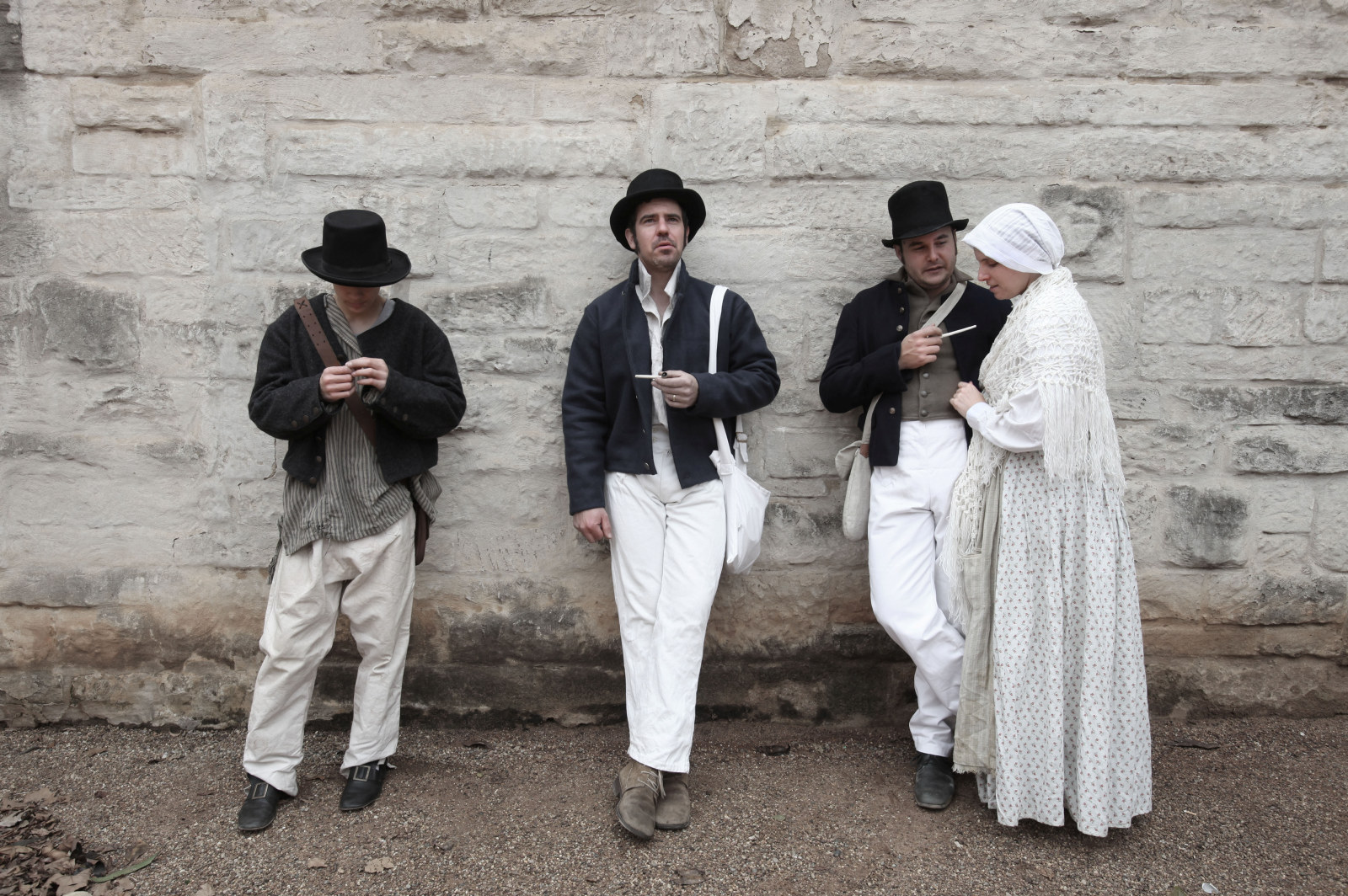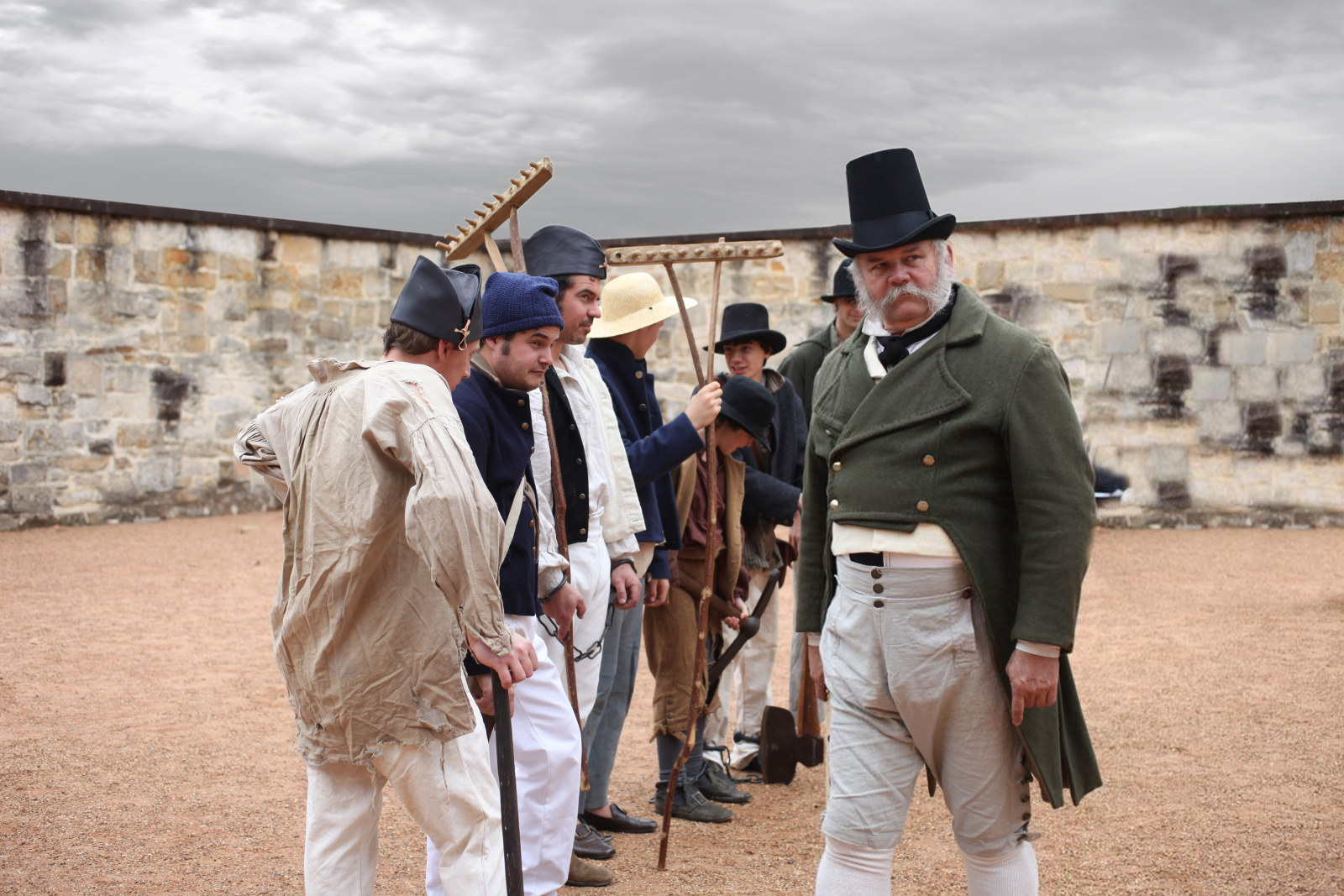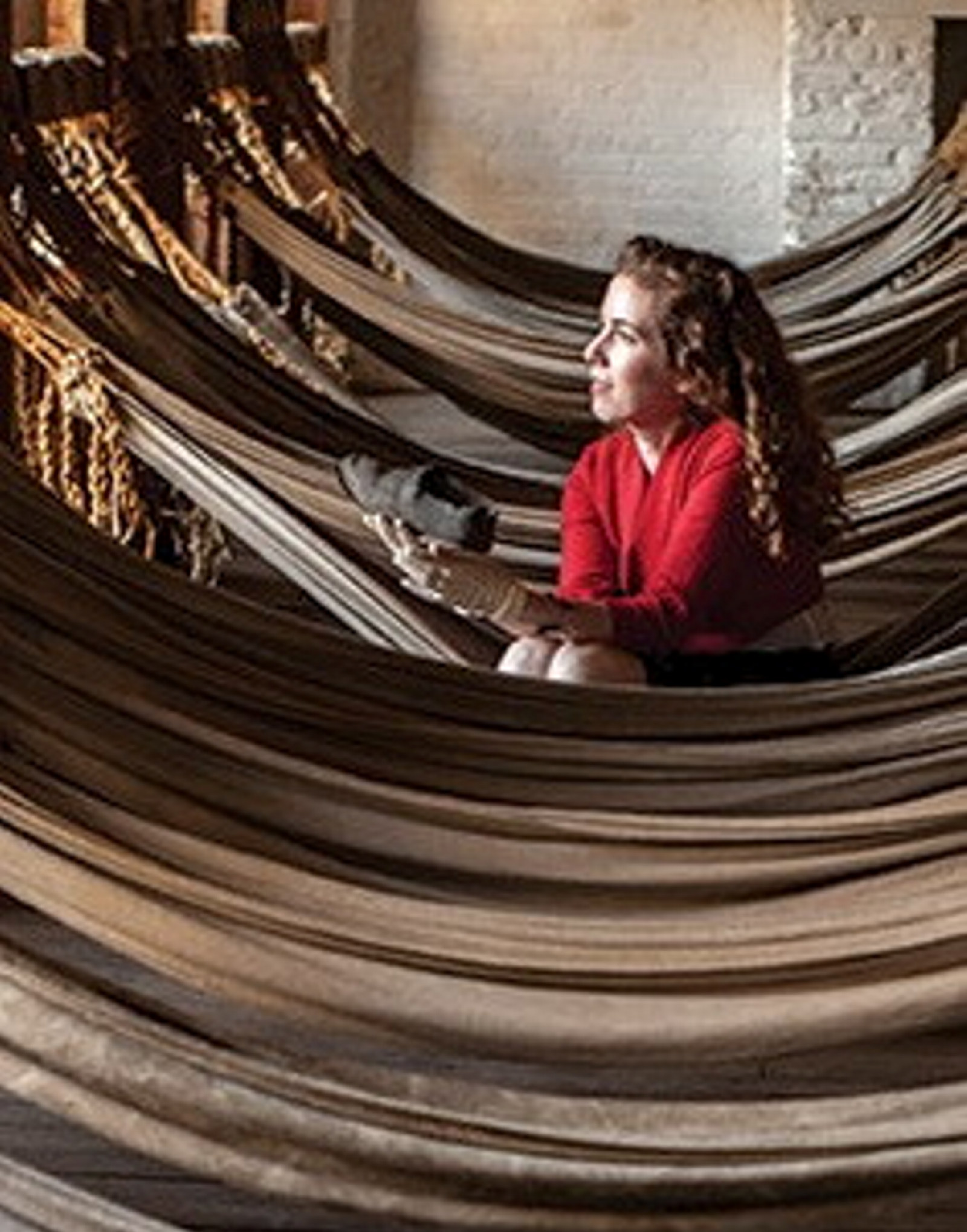40,000 women and the dormitory experience
It’s well known that 2253 Irish orphan girls were some of the first occupants of Sydney’s Female Immigration Depot, but they were only just the beginning of the women’s story at Hyde Park Barracks.
For the next four decades the Depot provided temporary shelter, and a place of hiring, for tens of thousands of unaccompanied women and their children. From this temporary refuge, many women left to join friends and family already living in the colony, while a third were hired out as domestic servants from the hiring room on the ground floor.
The experience of these women in arriving and staying at the depot was captured in the reconstructed dormitory exhibition on Level 2 of Hyde Park Barracks Museum up until 2019.
By removing the enormous glass showcase that occupied the room for many years, the space was recreated as sparse, simple and institutional, with folding iron beds, reconstructed bedding, atmospheric soundscape, and travel trunks full of treasures and rubbish left behind by the women of the depot.
When you lifted the lids of the boxes, the artefacts told you the story of what happened in the depot, in the dormitories, dining room and hiring room. Left behind by the women under the floorboards of the dormitories, and discovered by archaeologists in the early 1980s, the artefacts were presented alongside personal stories and rare photographs of women who once lived here.
The last surviving travel box of one of the Irish orphans, Margaret Hurley, is also on display, having first arrived here 160 years ago. The museum is thrilled to have it back again for the second time.
While the story of the female immigrants has been well researched, we didn’t have a clear picture of just how many women and children passed through the depot. By going back into the archives to look at the records kept by the Matron of the Depot and the Agent for Immigration, we were able to estimate that on average there were about 1,000 women passing through each year. That means that around 40,000 women arrived at the Depot between 1848 and 1887.
This immigration story is often overshadowed by the earlier convict story, but these statistics remind us of the important role the Hyde Park Barracks also played in Australia’s immigration history.
It’s exciting to think about the legacy of those 40,000 women today, and how many of their descendants are in the Australian community. We estimate that there are potentially millions of descendants.
This dormitory experience was fascinating for all of our visitors - and especially for the descendants, allowing them to connect with their ancestors' experiences at Hyde Park Barracks.
Related

Convict Sydney
1801 - Day in the life of a convict
In the young colony, there was no prisoner’s barrack - the bush and sea were the walls of the convicts’ prison

Convict Sydney
1820 - Day in the life of a convict
By 1820 the days of relative freedom for convicts in Sydney were over
Published on
